This post contains affiliate links
If you click through and make a purchase, I may earn a small commission at no extra cost to you
Read full disclosure statement here
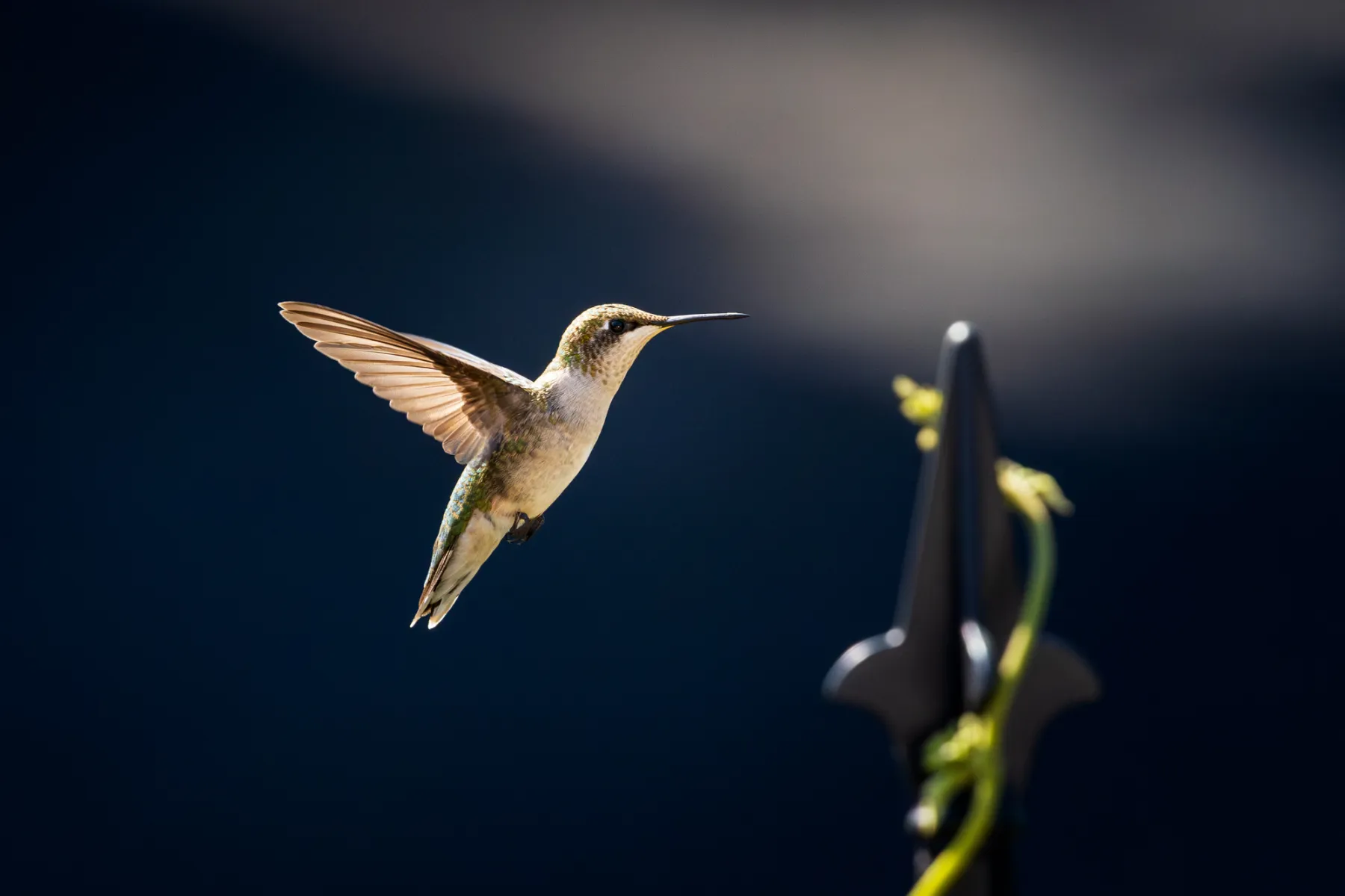
Spring is here, and that means one of the season’s most magical visitors is on its way – the hummingbird. These tiny, iridescent travellers are making their journey north, and it will not be long before they are zipping through gardens in Alberta, including those across the Edmonton area. With a bit of planning – from planting to feeder prep, you can turn your yard into a hummingbird hotspot.
In this post, you will find everything you need to welcome hummingbirds this season in Alberta – including the 2025 Hummingbird Migration Map, tips for setting up your feeders, a safe homemade nectar recipe, plants to attract hummingbirds to your Edmonton garden, habitat-friendly gardening advice, and where to find native plants in Alberta.
2025 Hummingbird Migration Map: When Will They Arrive?
Every spring, hummingbirds embark on a remarkable migration north from their wintering grounds in the southern United States, Mexico, and Central America. Covering thousands of kilometers, these tiny birds rely on bursts of energy and brief stopovers to make their way toward summer breeding grounds – including right here in Alberta. That is why having your feeders ready can make a big difference when they arrive.
Wondering when hummingbirds will arrive in your area? The 2025 Hummingbird Migration Map (below) lets you track real-time sightings across North America, helping you estimate exactly when to expect these tiny visitors. In central Alberta (including the Edmonton area), hummingbirds typically return by mid-to-late May, though arrival times can vary with the weather. The map may take a few seconds to load, so please be patient as it appears below.
Map Tips:
- Use the + to zoom in on your area
- Click on any hummingbird icon to view sighting details
- Submit your own sightings at Hummingbird Central
Recent Alberta Sightings (As of Late April)
I have been closely watching the 2025 Hummingbird Migration Map, and exciting news – the first hummingbirds have officially reached Alberta! The fiery Rufous Hummingbird has already been reported in three locations so far: Canmore (April 25th), Hillcrest Mines (April 26th), and Calgary (April 28th), with the Calgary sighting noted as an early arrival. The Calliope Hummingbird was spotted in Ghost Lake (April 29th) which was also noted as an earlier arrival.
Although Hummingbird Central has so far only recorded Ruby-throated Hummingbirds sightings in Edmonton, eBird data shows that other species have made occasional appearances in the city over the years. Below is a glimpse at past local sightings, with the last reported date for each species, highlighting the diversity of hummingbird visitors to Edmonton, even though these species are not commonly seen.
- Anna’s Hummingbird – September 2019
- Calliope Hummingbird – August 2022
- Costa’s Hummingbird – November 2015
- Ruby-throated Hummingbird – September 2024
- Rufous Hummingbird – August 2024
Click each name on eBird to see range maps, weekly bar charts, sightings with photos, and more.
When to Put Out Hummingbird Feeders
If you want to ensure your yard is ready for the first hummingbirds of the season, it is crucial to put your feeders out in advance. Aim to hang them 1 to 2 weeks before the expected arrival of these tiny visitors. For central Alberta, this means getting your feeders up by early to mid-May, giving hummingbirds a warm welcome as they begin their migration north.
Hummingbird Feeder Tips: Keep Them Safe & Fresh
Keeping your hummingbird feeders clean is key to providing fresh nectar and a healthy environment for your visitors. Here are some simple tips to help you maintain your feeders, prevent mold, and reduce territorial issues, so your hummingbirds stay happy and safe all season long.
- Clean feeders every 2 to 3 days in warm weather, and daily when it is hot
- Rinse with hot water and a mild vinegar or hydrogen peroxide solution
- Clean the feeding ports with a brush
- Avoid dish soap, it can leave harmful residue
- Use multiple feeders, spaced apart to reduce territorial aggression
Hummingbird Feeder Placement Tips
Wondering where to hang your hummingbird feeder for the best results? Proper placement helps attract more hummingbirds, keeps nectar fresh longer, and makes refilling easier. These simple tips will help you choose the best spot in your yard or garden.
- Place 10 to 15 feet from a tree or shrub for shelter and shade
- Choose a visible location you can see and easily reach to refill
- Aim for partial sun and shade to help nectar last longer
Homemade Hummingbird Nectar Recipe
Skip the pricey store-bought mixes and avoid red dyes, which can be harmful to hummingbirds. This easy, affordable homemade nectar recipe is safer, loved by hummingbirds, and recommended by the National Audubon Society — one of North America’s leading bird conservation organizations.
Ingredients
- 1 part white granulated sugar
- 4 parts clean, boiled water
Instructions
- Boil the water to remove impurities and help the sugar dissolve
- Mix in the sugar while the water is still hot, stirring until fully dissolved
- Let the nectar cool completely before filling your feeder
- Store extra nectar in the fridge for up to a week
Important
- Do not use red dye, honey, brown sugar, artificial sweeteners, or any additives
- Clean your feeders every 2 to 3 days (daily in hot weather) to prevent mold and bacteria
How to Choose the Best Hummingbird Feeder
The right feeder can make all the difference in attracting hummingbirds to your yard. From design features that keep nectar safe and fresh to colours that catch a hummingbird’s eye, here’s what to look for when choosing a feeder that both you and your winged visitors will love.
- Easy-to-clean design (avoid hard-to-reach crevices)
- Built-in perches for resting
- Glass construction for durability and safety (vs. plastic, which may leach harmful chemicals like BPA, microplastics, and toxins into the nectar)
- Bee guards or ant moats if insects are an issue
- Bright red accents to catch a hummingbird’s attention
- Be mindful of yellow accents (like insect guards or decorative flowers), as they can attract bees and wasps, which may discourage hummingbirds from visiting.
Recommended Hummingbird Feeders
If you are looking for a feeder that checks the boxes above, here are a few options to consider. These are in line with the tips shared and can be a great starting point as you set up your space for the season. (As an affiliate, I may earn a small commission if you make a purchase through these links, at no extra cost to you.)



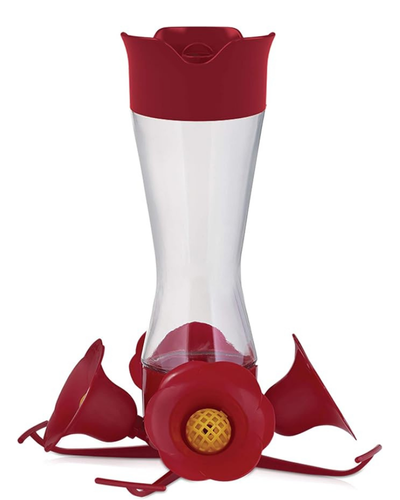
Best Plants for Attracting Hummingbirds in Alberta
Enhance your hummingbird habitat by complementing your feeders with nectar-rich blooms! Native plants are the top choice for supporting local pollinators, requiring minimal care, and helping to restore natural habitats. While native plants are ideal, non-native plants can also provide valuable nectar sources, especially during the establishment phase of your native plants. Below, you will find a list of native plants for Alberta, as well as non-native plants that can help attract hummingbirds to your yard.
Alberta Native Plants
- Alberta Penstemon (Penstemon albertinus)
- Blue Columbine (Aquilegia brevista)
- Blue Flag Iris (Iris missouriensis)
- Fireweed (Chamaenerion angustifolium)
- Giant Hyssop (Agastache foeniculum)
- Indian Paintbrush (Castilleja miniata)
- Mountain Hollyhock (Iliamna rivularis)
- Nodding Onion (Allium cernuum)
- Red Columbine (Aquilegia formosa)
- Rocky Mountain Bee Plant (Peritoma serralata)
- Silky Lupine (Lupinus sericeus)
- Silvery Lupine (Lupinus argenteus)
- Shrubby Beardtongue (Penstemon fruticosus)
- Slender Penstemon (Penstemon procerus)
- Smooth Blue Beardtongue (Penstemon nitidus)
- Sticky Geranium (Geranium viscosissimum)
- Tall Bluebells (Mertensia paniculata)
- Tall Larkspur (Delphinium glaucum)
- Twining Honeysuckle (Lonicera dioica)
- Wood Lily (Lilium philadelphicum)
- Wild Bergamot (Monarda fistulosa)
Non-Native Plants
- Bleeding Heart (Dicentra spectabilis)
- Cardinal Flower (Lobelia cardinalis)
- Catmint (Nepeta spp.)
- Foxglove (Digitalis purpurea)
- Fuchsia (Fuchsia spp.)
- Garden Phlox (Phlox paniculata)
- Hollyhocks (Alcea spp.)
- Mandevilla (Mandevilla spp.)
- Salvia (Salvia spp.)
- Scarlet Runner Bean (Phaseolus coccineus)
- Trumpet Vine (Campsis radicans)
Disclaimer: Please note these are not exhaustive lists. Many other plants can also be beneficial for hummingbirds, so feel free to explore further and experiment with different varieties in your garden.
Tip: Plant in sun-drenched spots and stagger bloom times for season-long feeding.
Where to Find Alberta Native Plants
To source native plants for your garden, consider visiting local nurseries and specialized plant shops that offer a variety of native species. Supporting these businesses ensures you are getting plants well-suited to Alberta’s climate and ecosystems. Below is a list of native plant suppliers across the province:
- ALCLA Native Plants
- Arnica Wildflowers
- Medieval Manor Gardens
- Sunstar Nurseries
- Tree Time
- Wild About Flowers
- Wright Nursery
For even more options, the Alberta Native Plant Council offers an interactive map of native plant suppliers, and the Edmonton Native Plant Society maintains a helpful list of local vendors.
How to Create a Hummingbird Habitat in Your Yard
Go beyond feeders by creating a full ecosystem that supports hummingbirds throughout the season. While feeders provide a quick source of energy, a truly hummingbird-friendly yard includes the natural elements they need to thrive. Plant native shrubs and trees that offer shelter, shade, and potential nesting sites. Avoid using pesticides, as they eliminate the very insects hummingbirds rely on for protein. Include a shallow water source – like a mister, dripper, or birdbath to give hummingbirds a place to bathe and cool off. By layering these elements together, you create a safe, nourishing habitat that welcomes hummingbirds and other pollinators to your yard.
With a bit of thoughtful planning, you can transform your outdoor space into a vibrant sanctuary for hummingbirds. Track their journey on the migration map, get your feeders up early, and plant a variety of nectar-rich flowers to keep them coming back. Before long, you will be rewarded with the magical sound of wings in motion and brilliant flashes of iridescent colour dancing through your garden.
Have a tip to share or a hummingbird sighting to report? I would love to hear from you in the comments! Whether it is a favourite plant the hummingbirds cannot get enough of, a clever feeder setup, or your first hummingbird of the season – your stories and ideas are always welcome. Let’s inspire each other as we grow our gardens into vibrant, bird-friendly spaces.
If this post sparked an idea or made you pause to notice the beauty in your own space, I would be so grateful if you shared it with a friend, on your social media, or saved it for later. Every share helps this little patch of land inspire more backyard birders, native plant gardeners, and nature-lovers.
Thanks for reading! Until next time,
Tracey
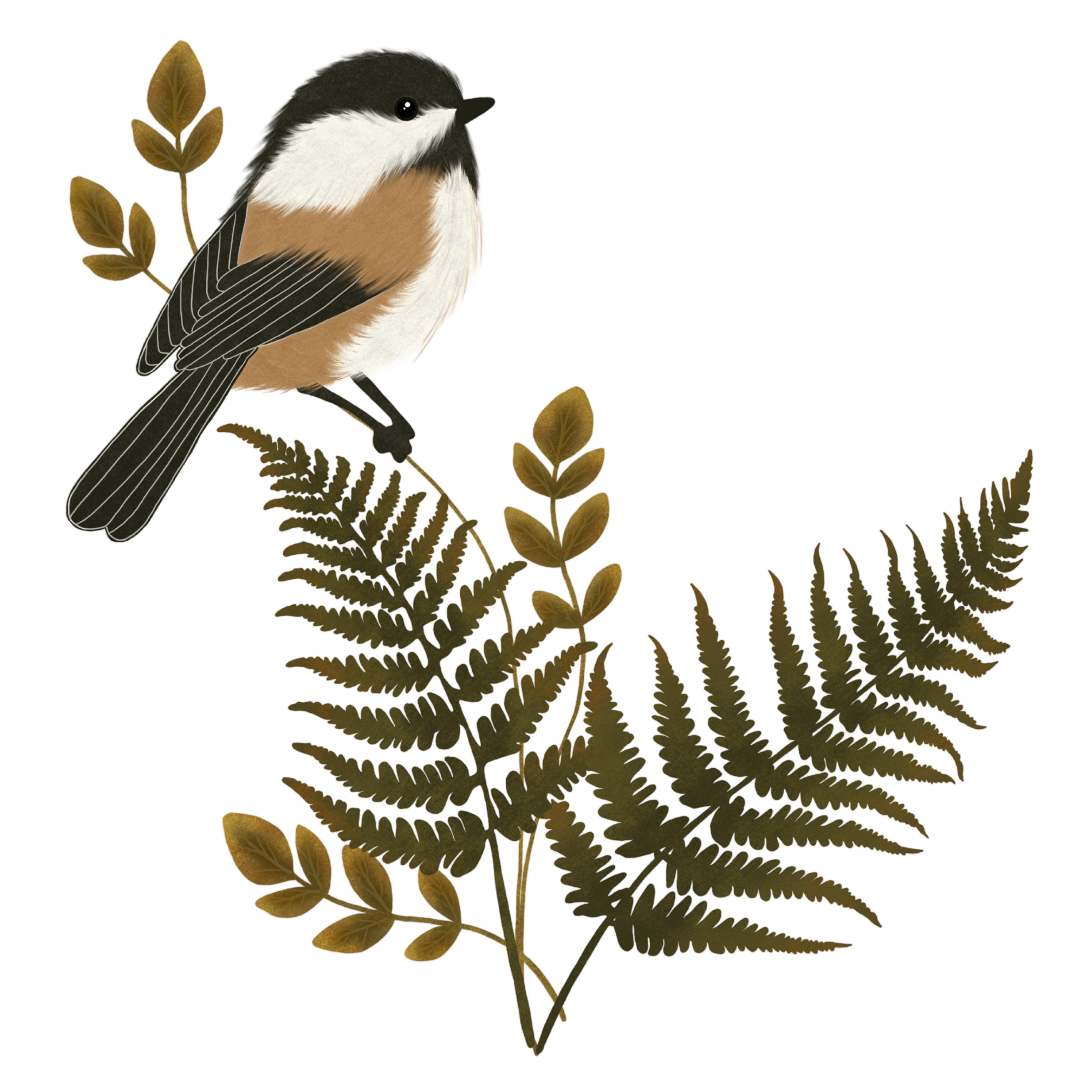
If you enjoy what I share and want to support my journey to rewild and document this little patch of land, you can do so through my Ko-fi page. Your support helps me continue photographing, nurturing, and sharing this space with you.
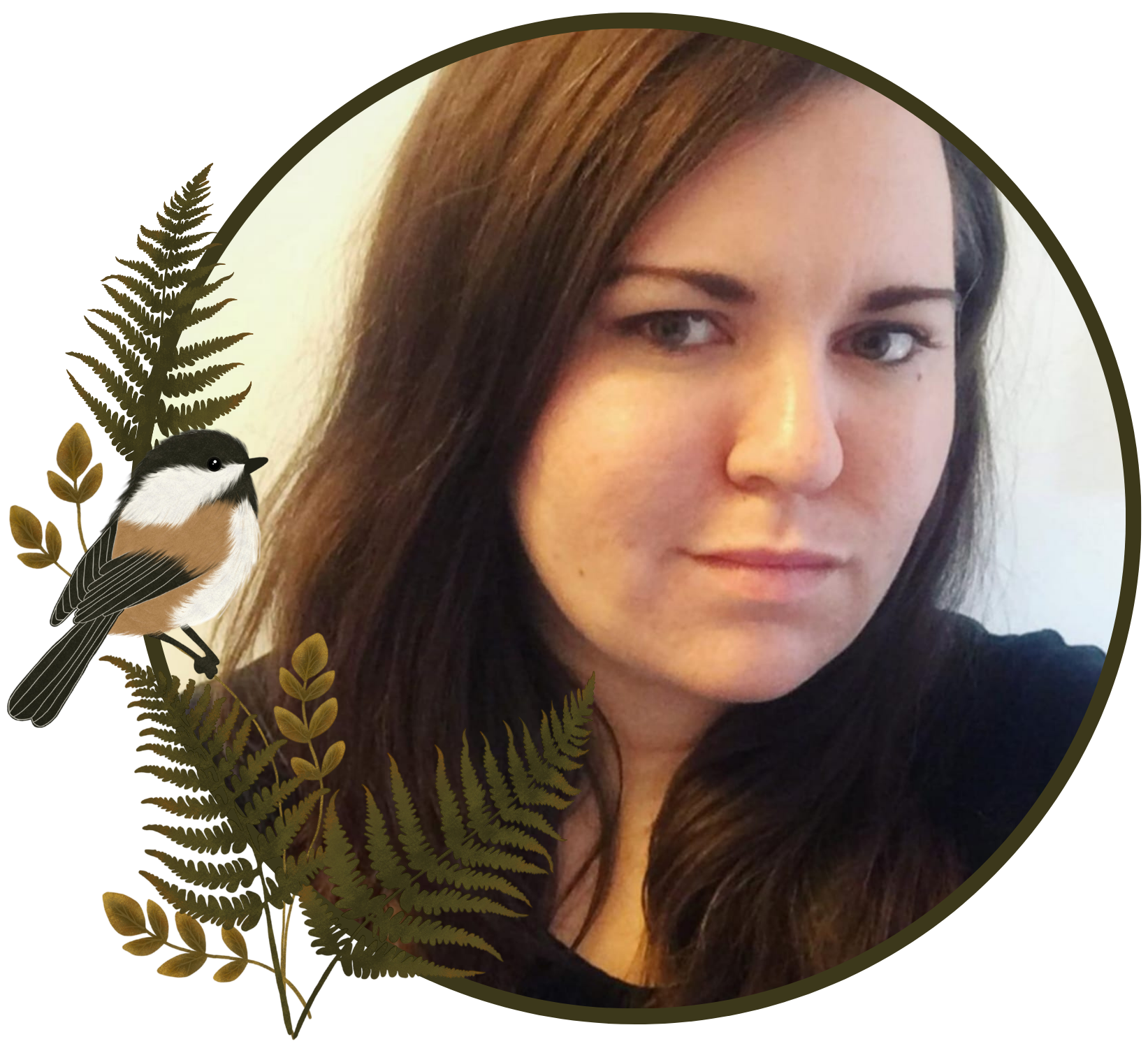
Tracey | Home & Habitat Journal
A birdwatching, plant-loving, thrift-hunting homebody crafting a space where comfort and nature live side by side.
HomeAndHabitatJournal.com
From backyard birds to native blooms, wildlife habitats to cozy corners—this is home, shaped by nature.
Follow along and let nature inspire your space, too.
PIN IT!
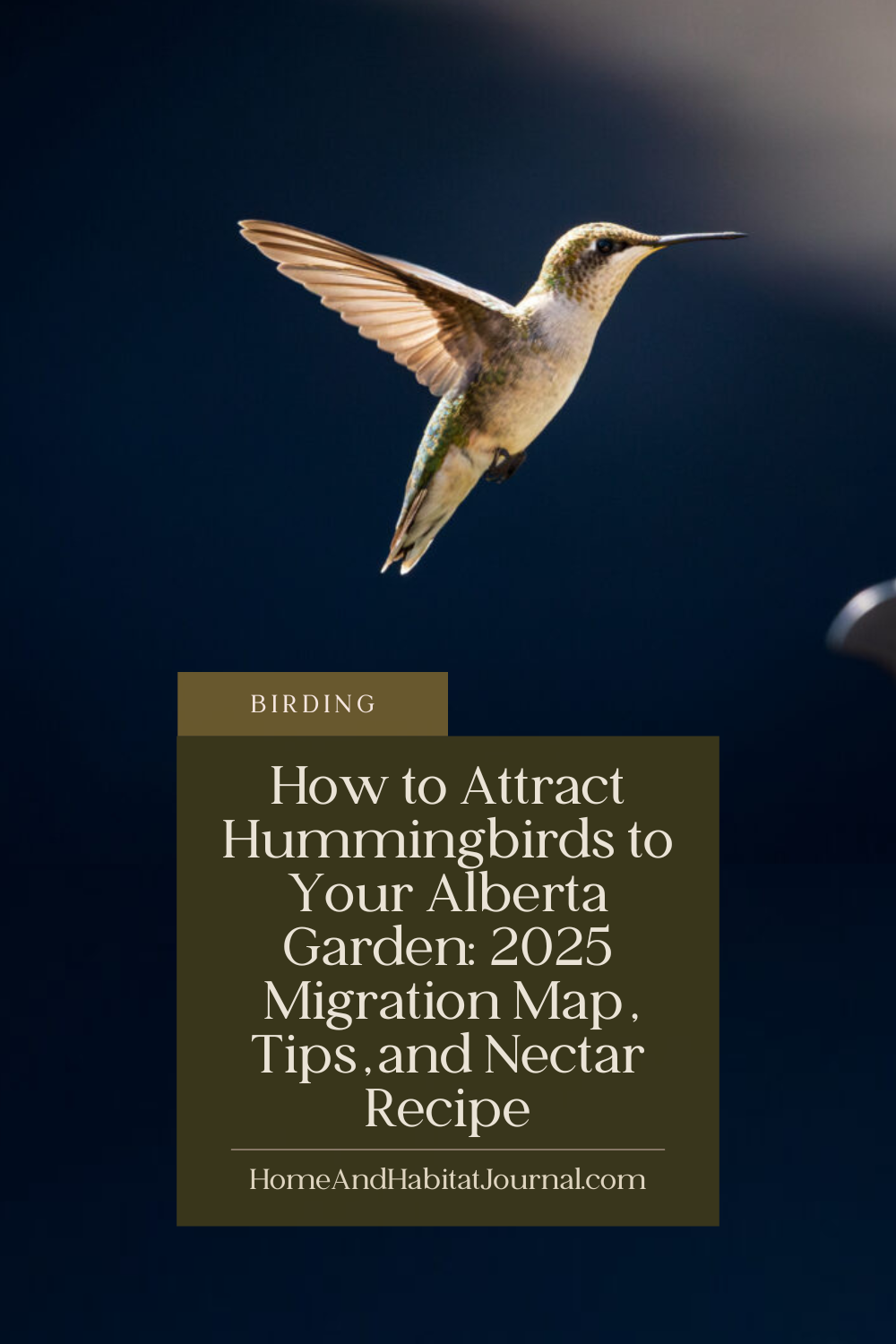
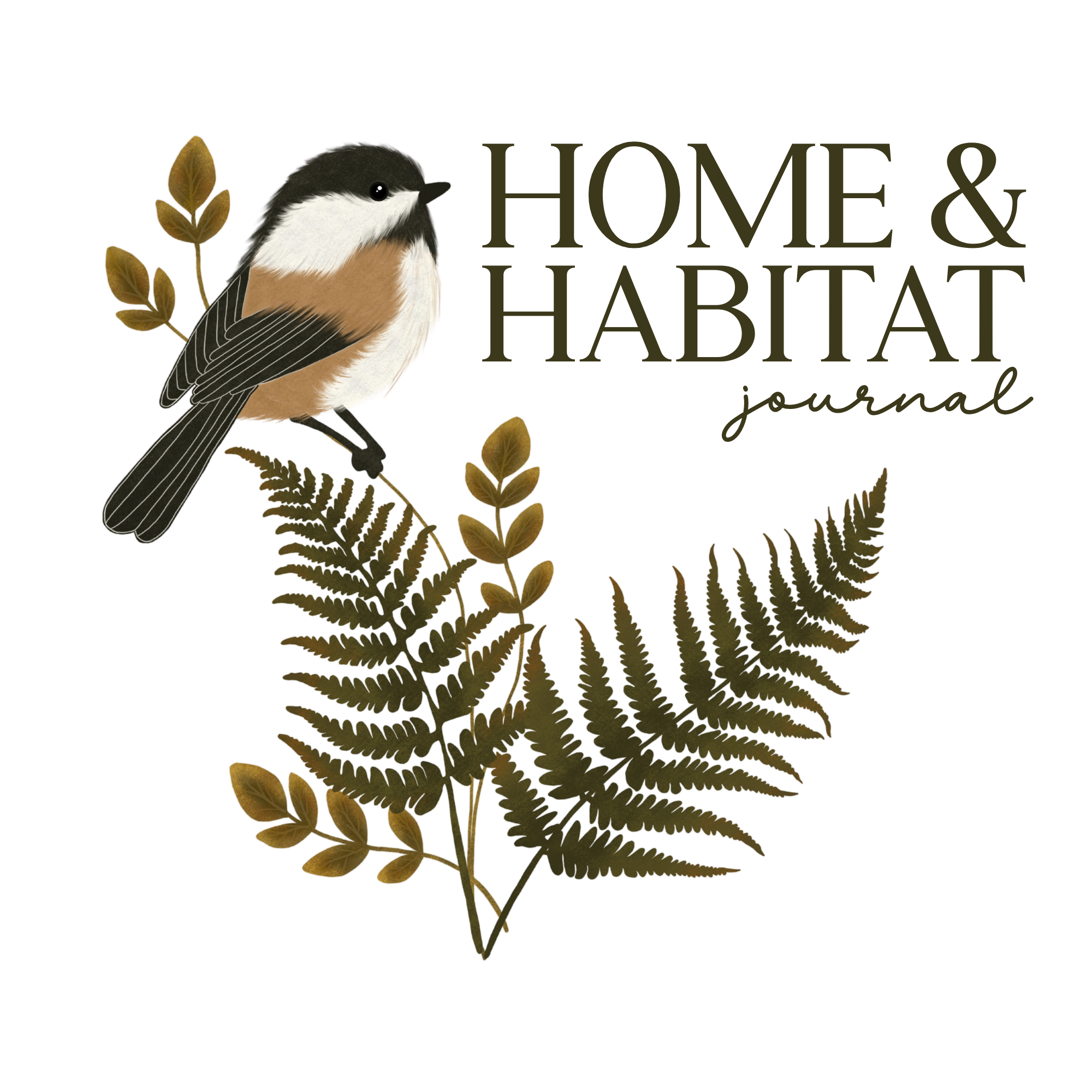

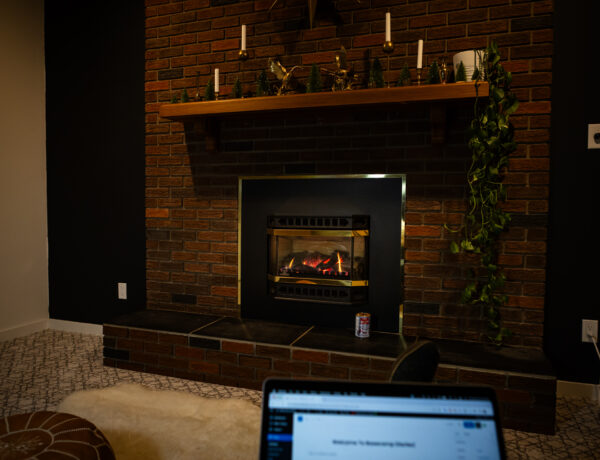

1 Comment
Our Yard is Officially a Certified Wildlife-Friendly Habitat! – Home & Habitat Journal
September 10, 2025 at 4:55 PM[…] giving birds real food long after the blooms fade. Feeders fill the gaps in the cold months, while homemade nectar summons the magical Ruby-throated hummingbird in the […]